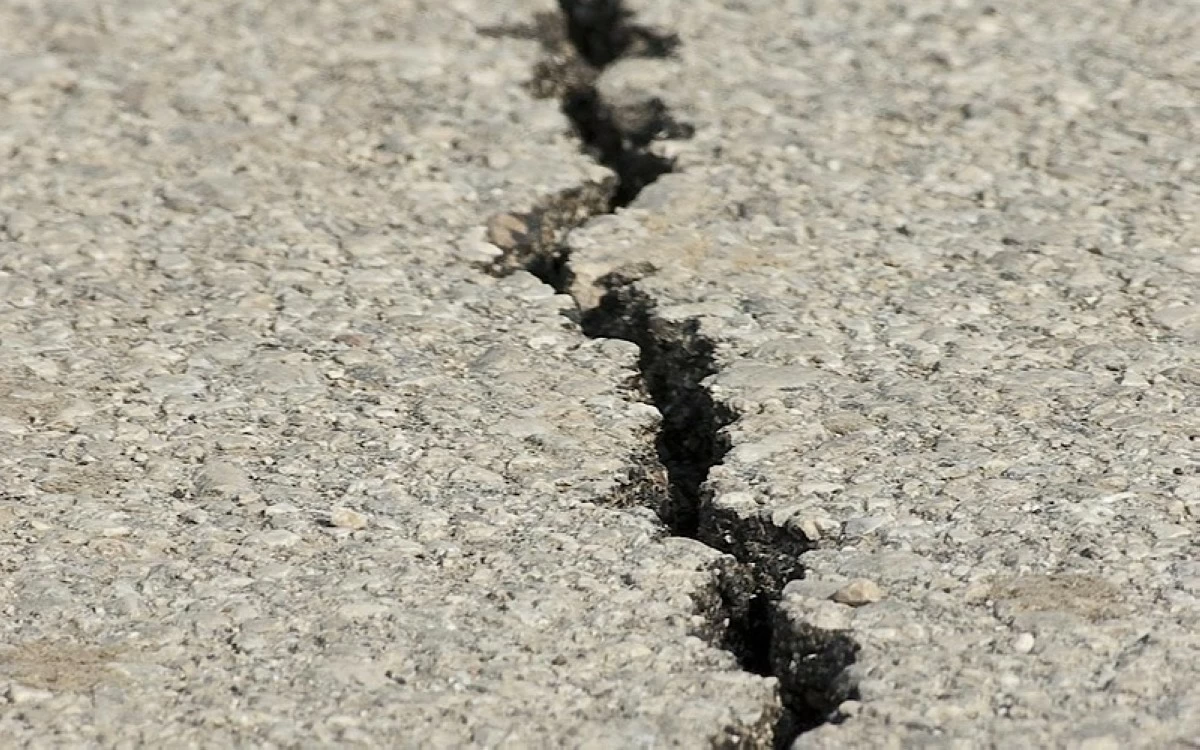
Why aftershocks continue to hit the Philippines
Aftershocks continue to shake parts of Mindanao following the magnitude 7.4 earthquake that rocked Davao Oriental on Oct. 10, but the Philippine Institute of Volcanology and Seismology (Phivolcs) said these tremors are a normal part of the Earth’s adjustment after a major quake. Phivolcs Director Teresito Bacolcol explained in a public briefing on Wednesday, Oct. 15, that aftershocks occur because not all accumulated stress is released immediately after a fault breaks. Areas around the fault remain partly stressed and continue to move slightly, producing smaller tremors that gradually lessen over time. He likened the phenomenon to a stretched spring that continues to vibrate briefly even after it snaps. “Kahit putol na ang spring, nanginginig pa rin ito ng ilang sandali hanggang sa tuluyang huminto (Even after the spring is broken, it still vibrates for a few moments until it becomes completely still),” Bacolcol said. As of 4 p.m. Wednesday, Phivolcs had recorded 1,398 aftershocks, 19 of which were felt by residents. Bacolcol pointed out that aftershocks are always weaker than the main quake, but may last for several days to weeks. This follows the Omori Law, which describes how tremors gradually decay in number and intensity over time. For example, a sequence may start with thousands of aftershocks on the first day, drop to hundreds by the 10th day, and decline to a few dozen by the 100th day, with only instruments detecting most of the smaller tremors. Even as aftershocks gradually weaken, Bacolcol reminded the public that earthquakes cannot be prevented. He urged residents to take precautionary measures, including not re-entering damaged structures until cleared by engineers. He added that coastal communities should remain alert for natural signs of a potential tsunami, such as unusually strong shaking, sudden receding of the sea, or a roaring sound from the ocean, and evacuate immediately to higher ground if any of these occur.